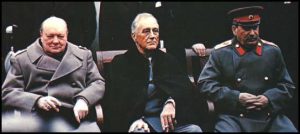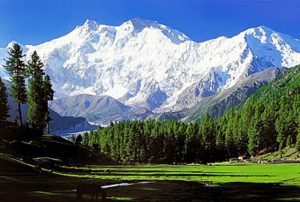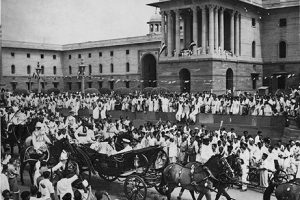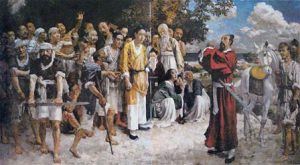Further thoughts on the Khmer Rouge

In 1970, serious trouble boiled up again when the Prince Sihanouk was knocked off the throne by a Cambodian communist guerilla force called Khmer Rouge. This brutal, well-organised group was inevitably opposed to an American invasion of Eastern Cambodia, and rapidly gained control of the entire country by 1975. The ‘government’ was led by a man called Pol Pot, noticeably insane, who announced the dramatic transformation of his country into what he called ‘Democratic Kampuchea’. His aim was to move the masses out of urban areas into the countryside, where they could be usefully employed in tilling the soil, if they could find some, and could irrigate it if there was nearby water. To control the new agricultural population Pol Pot invented thousands of new ‘agricultural cooperatives’ managed by his specially trained uncivil servants, while at the same time just as many ‘bougeois elements’ (previous owners of land) were eliminated. (more…)









